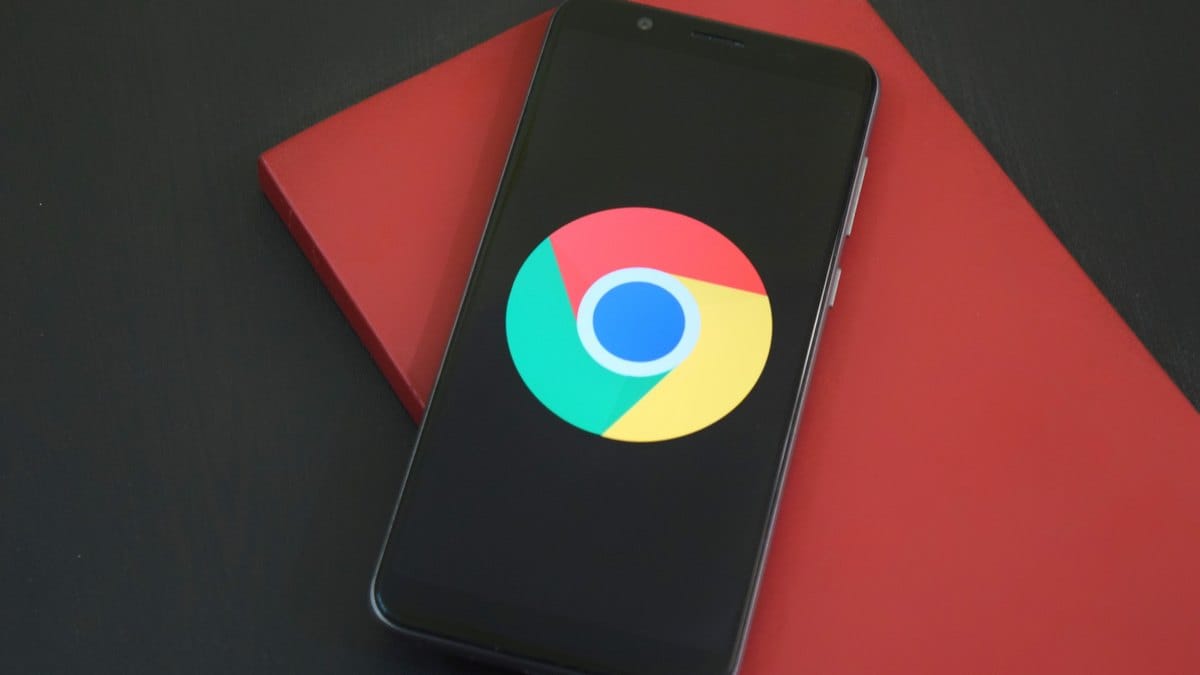Good side effects, bad side effects
In the beginning, weight loss was just a side effect. GLP-1 RAs were first developed to treat type 2 diabetes; their hormone-mimicking action provokes insulin production. In 2005, the US Food and Drug Administration approved the first drug of this kind, Exenatide, for diabetics. Throughout the 2000s, more and more GLP-1 RAs came onto the market. Right away, patients noticed that these drugs didn’t just treat their diabetes—they also helped them lose weight.
Ozempic and Wegovy, the brand names of a GLP-1 RA known as semaglutide, are both made by Novo Nordisk, a Danish pharmaceutical company. Though they both contain the same active ingredient, the drugs have different indications, dosages, prescribing information, titration schedules, and delivery devices. In 2017, Ozempic was first approved as a diabetes treatment, and doctors soon began to prescribe it off-label to overweight patients. Subsequently, Novo Nordisk developed Wegovy specifically for weight loss. In June 2021, it became the first new treatment for chronic obesity approved by the FDA since 2014.
Then, in May 2022, the FDA approved Mounjaro as a diabetes treatment; now the agency is officially “fast-tracking” the investigation of its active ingredient, tirzepatide, for obesity. A spokesperson for the drug’s manufacturer, Eli Lilly, said it is presently only approved for glycemic control in adults with type 2 diabetes and the company “does not promote or encourage use of Mounjaro outside of its FDA-approved indication.” Nonetheless, since the drug came to market, doctors have been prescribing it off-label for weight loss—there are almost 100,000 members in a Facebook group called “Mounjaro Weight Loss Success.”
Clinical trials have shown that tirzepatide patients lose at least 20% of their weight in 72 weeks, while overweight adults on Wegovy lose an average of 15% of their body weight in 68 weeks.
Edenfield is one such success story. Unable to work at the height of the pandemic, he had stayed at home “eating a lot and eating very unhealthy.” He compares his diet to a teenager’s: regular consumption of fast food sandwiches, cheese steaks, and burgers accompanied a “crippling addiction” to Coca-Cola. When his weight crept up to 357 pounds (he is 6 feet 3 inches tall), he sought gastric sleeve surgery because his employer would cover the cost. Yet the doctor he met with suggested Ozempic instead. He lost 15 pounds in his first month on the drug and switched to Wegovy in February 2022. He now weighs 228.
COURTESY OF MICHAEL EDENFIELD
“It’s changed every aspect of my life,” Edenfield says—he no longer feels “hijacked” by hunger and doesn’t get out of breath walking to work. “I feel like I’m in my 20s again,” he says.
The results may be enviable, but the day-to-day reality of weight-loss injections is not always pleasant. The most common side effects are gastrointestinal, including nausea, diarrhea, and constipation. Edenfield consulted Reddit for tips on alleviating “brutal” nausea. A number of subreddits dedicated to semaglutide have sprung up or grown in popularity over the last year—the one Edenfield posted on was created in 2021 and has almost 22,000 members today. Meanwhile, countless Facebook groups have also been created during the weight-loss injection boom. Here, people report experiencing vomiting, headaches, fatigue, “sulfur burps,” and hair loss—though the vast majority seem to feel it’s a small price to pay for losing weight.
During the 68-week Wegovy trial, 4.5% of participants discontinued treatment because of gastrointestinal events. Peter Kurtzhals, Novo Nordisk’s chief scientific advisor, says that such side effects normally decline gradually as patients build up a tolerance to the drug. A company spokesperson adds that patients experiencing nausea on Wegovy “should contact their health-care provider, who can offer guidance on ways to manage it.”
Source link











Leave a Reply